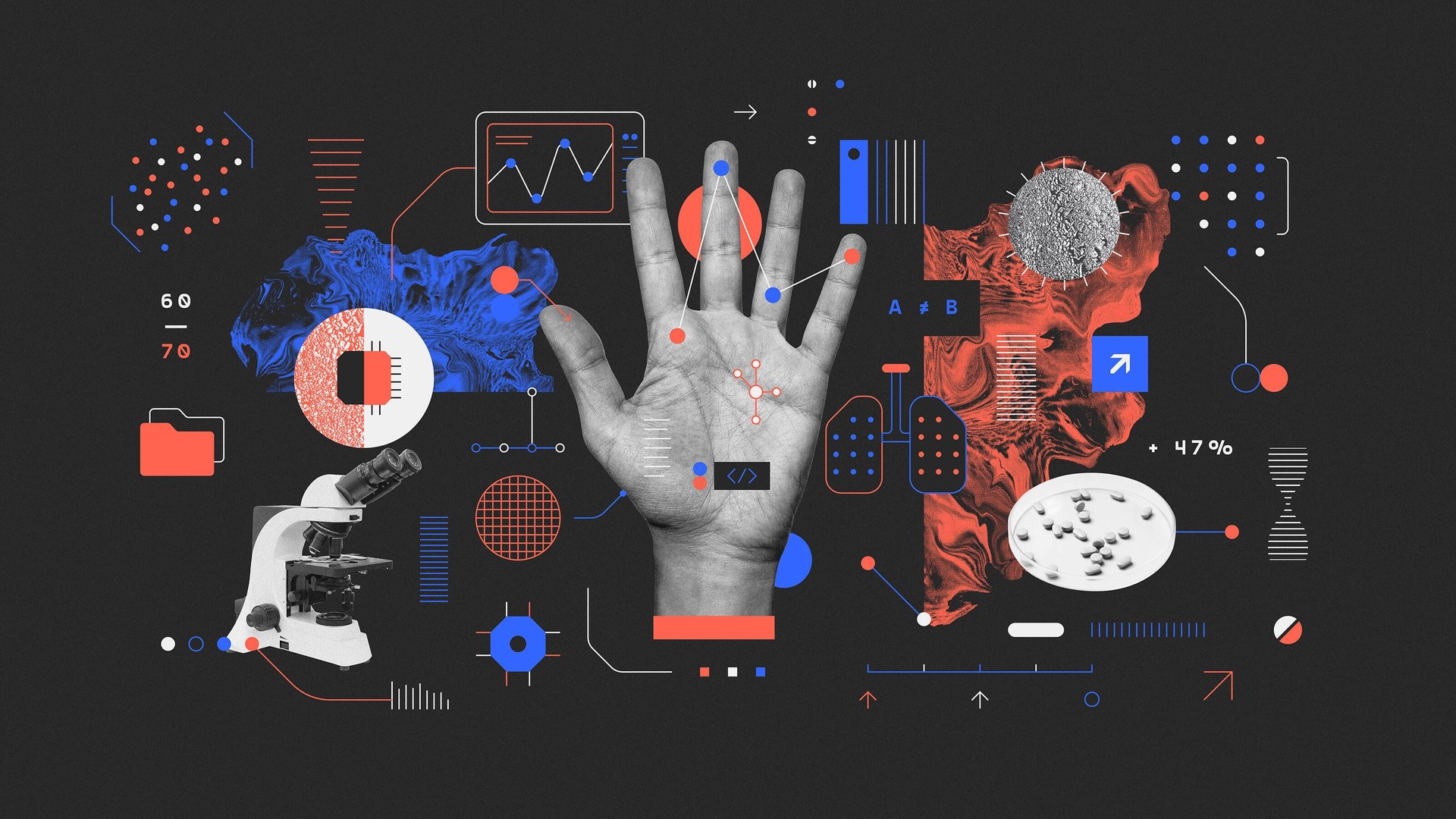One size fits none: Using data and analytics to unlock affordable healthcare
How business leaders can personalize employee healthcare in a way that saves money and improves health outcomes.


As consumers, data shapes our experiences. From on-demand movies to online shopping, the choices we see are molded by our previous selections. But when people are most in need of a personalized experience, such as in the face of illness, many still receive a one-size-fits-most approach to healthcare. Patients fall through the cracks, and their health plan providers pay the costs.
Healthcare doesn’t have to be this way. Each year, businesses spend more on healthcare for their employees, struggling to determine which new technologies and clinical therapies to pay for and which ones to skip.
By harnessing the data employers already have, they can personalize healthcare in a way that saves money and improves health outcomes. Employers can find out which types of programs are best suited to their populations, providers can get all relevant information to provide the best care, and patients are healthier.
You’ve got data. Now what? How to manage, monitor, and deliver affordable care
In the last 10 years, the amount of health data has ballooned. But, without the right tools to interpret, manage, and connect that data, clinicians are overwhelmed. Clinical management models like Health Connect 360SM provide a total view of a patient’s health by aggregating medical, pharmacy, lab, and biometric data like blood sugar, weight, and blood pressure from digital health devices. This lets clinicians see a patient’s total health to provide the best care and shrink the likelihood of downstream costs.
About one dollar of every nine spent in the US each year on healthcare is wasted because patients don’t take their medicines as directed. The reasons vary: Some patients are forgetful, some have routines that don’t allow them to get to the pharmacy every month, some aren’t able to afford their medications, and others want to avoid side effects. By having a view of these habits, clinicians can tailor therapies and interventions to improve adherence, preventing a whopping 24% of hospital readmissions that result from medication-related nonadherence.
A new channel: Healthcare solutions have moved online
Digital health solutions, like reminder apps and remote monitoring devices, have become ubiquitous, particularly as everyone has turned to alternate forms of care during a pandemic. As the need for digital health solutions increased, so has adoption, enabling even better care.
Ten years ago, someone with diabetes might have manually tracked their blood glucose levels or insulin intake. That left plenty of room for human error, and providers could review the information only during in-person visits. Today, patients using remote glucose monitoring devices send real-time information to clinicians, triggering an alert if something goes wrong. If the patient needs clinical support, they can get it right away. There’s no need to wait six months until the next checkup for their provider to learn that there’s a problem.
These digital solutions also help patients make more informed decisions, which means more affordable care for them and their employers. When filling a prescription, they can see the most affordable option, and then can choose between the convenience of a pharmacy down the street or getting medications delivered to their home. Clinically speaking, the right medication, accessed from the right place, at the best price is the best care.
By using data and analytics to connect care across the continuum, clinicians can provide the best, most informed care for patients, which can encourage adherence and result in savings for employers and patients across the board.
This post is a sponsored collaboration between Evernorth and G/O Media Studios.